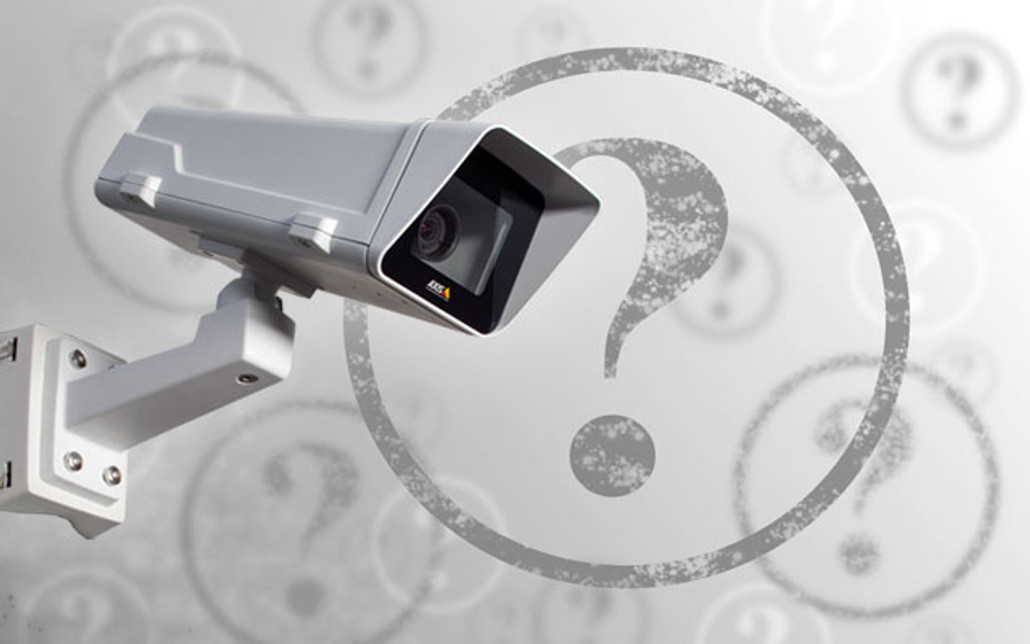Note: NW no longer recommends the use of port forwarding, except in certain specific scenarios where it may be required and where other security mitigation measures are in place.
When beginning to understand home networking in regards to IP cameras, ports can often be difficult to understand. Put basically, every network device, such as an IP CCTV camera or computer, usually only has one single IP address, e.g. 192.168.0.1. However, these network devices can often have more than one program looking to receive information over the IP address. An example of this on a PC could be an internet browser, FTP server and email program all looking for information. The computer thus needs a method of finding out which program should receive which information.
What is a port?
This is where ports come in. A port is a number from 1 to 65536 which will identify which program should receive the information. From the previous example, internet browsers operate on port 80 with FTP servers on 21 and email on port 25. This port number is added to any chunk of information which is sent across the network and is passed by the computer to the correct program.
The same is true with most network devices. For example, any IP CCTV camera with a web interface will have a corresponding port number. For most IP cameras this can be changed from within the camera settings.
Port 80, which most IP Cameras are set to by default, is a special port. It does not need to be specified when browsing, for instance, if a camera was on an IP address of 192.168.0.1 and port 80 you would be able to access the camera by opening a web browser window and entering http://192.168.0.1. Should you change the port number to anything other than 80, say 8080, you would need to specify the port number when accessing your camera for example http://192.168.0.1.
In addition to this, most modern firewalls are configured by default not to allow access to your local network from the internet and should you wish to view your IP camera from outside you must allow access from the internet you will need to set up port forwarding. This is a set of rules inside the router which say that should information be received with a certain port number, it should be forwarded to a local IP address.
In summary
Most lower ports have been allocated so when specifying your own ports you should keep above 8000 to avoid conflicting with any existing hardware or software. Please also remember that a port should only be used by one device on the network should you wish to use port forwarding for remote access.



